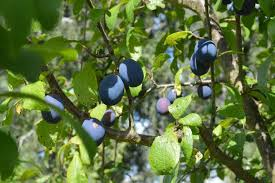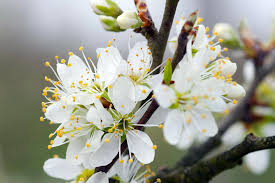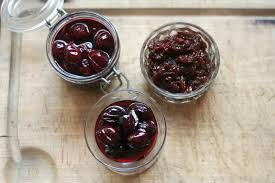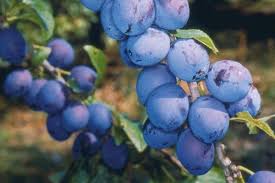Damsons, small, tart fruits belonging to the Prunus family (the same family as cherries and plums), are often overlooked but offer a reliable and rewarding harvest. Many people first encounter them when moving into a garden with an existing damson tree, and for good reason—these trees are relatively low-maintenance yet produce fruit that is incredibly useful in the kitchen.
Damsons are well-suited for the eastern U.S. and thrive in a variety of environments. They are hardy, often growing well in clay soil, though they do best in well-drained, sunny areas. Even if your garden is shaded or exposed to some wind, damsons can still flourish, as long as they are protected from frost. Varieties like the Farleigh Damson are frost-resistant, making them ideal for colder climates, while the Merryweather variety is perfect for wet, colder regions and produces larger, sweeter fruit.
These trees grow to about 10-15 feet tall (3-4.5 meters), and you can choose compact varieties like Shropshire Prune or trees grafted onto Pixy rootstock if you have limited space. Although damsons are self-fertile, meaning you only need one tree for fruit production, cross-pollination with other plum trees can increase yields.

Pruning Damsons
Damsons are low-maintenance once established but do require some light pruning. Over time, they produce a lot of twiggy growth, which can crowd the tree. Prune away dead, diseased, or crossing branches during late spring to early autumn to avoid the risk of fungal infections like silver leaf. Pruning during the winter can increase the chance of infection, so it’s best to avoid that season. Regular maintenance, such as removing spindly or dying branches, will keep your tree healthy and productive.

Preserving the Harvest
Damsons ripen quickly and spoil fast, so it’s essential to think ahead about preserving your crop. The fruit is perfect for making jams, jellies, chutneys, pies, and even cheese or butter—a thick spread used in pastries or on toast. You can also combine damsons with apples to create rich, flavorful preserves.
One of the best uses for damsons is making damson gin, a favorite in many households. The tart fruit imparts a delicious flavor, and it’s simple to make.

Conclusion
While damsons might not be as well-known as other fruits, their reliable harvest, versatility in cooking, and ease of care make them an excellent choice for gardeners looking for a fruit tree that demands minimal attention but offers maximum reward. Whether you’re making preserves, pies, or your own gin, the damson is a delightful addition to any garden.
